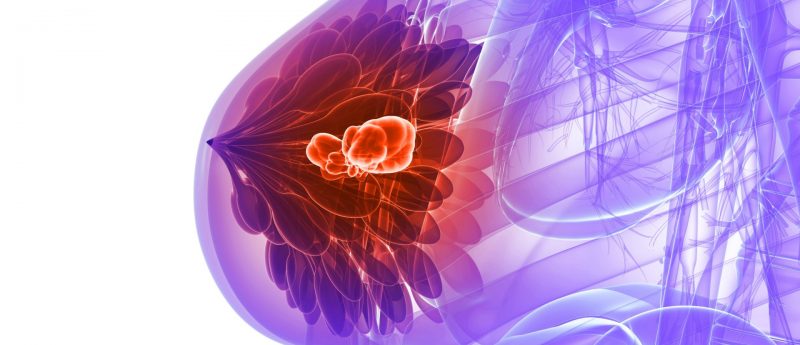AI may help diagnose breast cancer

Researchers at the University of California, Los Angeles (UCLA; CA, USA) have developed an artificial intelligence (AI) system that may be more effective at distinguishing cancerous cell types in biopsy images used for breast cancer diagnosis, compared with pathologists.
A novel artificial intelligence (AI) platform, designed by researchers at the University of California, Los Angeles (UCLA; CA, USA), is able to discriminate more accurately between cell types in challenging biopsy images of at-risk breast cancer patients compared with experienced pathologists. The technology may aid in the earlier and more precise diagnosis of breast cancer by supplementing diagnosticians’ expertise in biopsy interpretation.
Breast biopsies are performed on approximately 1.6 million women in the USA each year. Previous research observed that pathologists often disagree on the interpretation of biopsies; a lack of concordance between pathologists and consensus-derived reference diagnoses was observed in 48% of cases concerning women with breast atypia — abnormal cells associated with a higher risk of breast cancer development.
Joann Elmore, a researcher at the UCLA Jonsson Comprehensive Cancer Center, explained: “Medical images of breast biopsies contain a great deal of complex data and interpreting them can be very subjective…Distinguishing breast atypia from ductal carcinoma in situ is important clinically but very challenging for pathologists. Sometimes, doctors do not even agree with their previous diagnosis when they are shown the same case a year later.”
In the current study, researchers trained their AI system with 240 complex biopsy images to learn and recognize breast cancer lesion patterns associated with several breast cancer forms — ranging from benign to invasive.
The diagnostic accuracy of the system was verified by comparing its verdict on presented biopsy images with those of 87 independent, experienced, practicing pathologists.
The technology was observed to be as accurate as the pathologist cohort at distinguishing between cancerous and non-cancerous image cases.
However, compared with the pathologists, the AI system was more accurate and capable of discriminating between ductal carcinoma in situ — a noninvasive breast cancer form — and breast atypia cases; sensitivity scores of the AI and pathologists were 0.885 and 0.70 respectively. Greater sensitivity scores reflect increased likelihood of correct diagnosis based on the biopsy image.
Differentiating between ductal carcinoma in situ and breast atypia is considered one of the most challenging diagnostic distinctions in cancer biopsy interpretation.
Elmore concluded: “These results are very encouraging…There is low accuracy among practicing pathologists in the USA when it comes to the diagnosis of atypia and ductal carcinoma in situ, and the computer-based automated approach shows great promise.”
Sources:
Mercan E, Mehta S, Bartlett J, Sharpiro LG, Weaver PD, Elmore JG. Assessment of Machine Learning of Breast Pathology Structures for Automated Differentiation of Breast Cancer and High-Risk Proliferative Lesionsv. JAMA Netw Open, 2(8); e198777. doi:10.1001/jamanetworkopen.2019.8777 (Epub ahead of print) (2019);
https://www.uclahealth.org/artificial-intelligence-could-yield-more-accurate-breast-cancer-diagnoses
